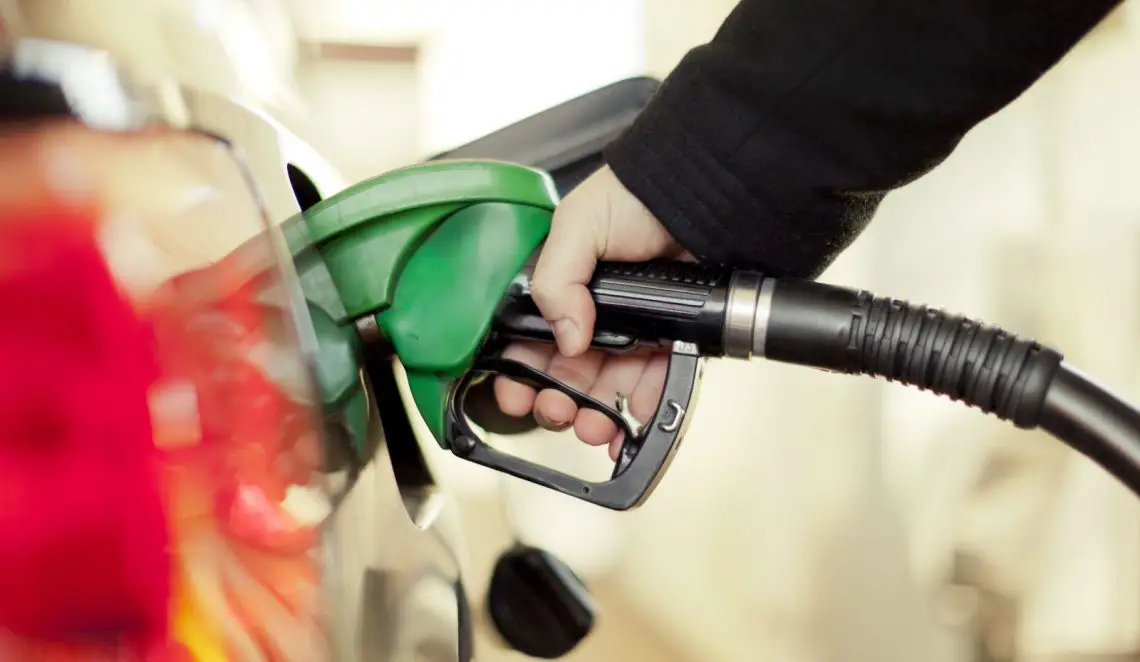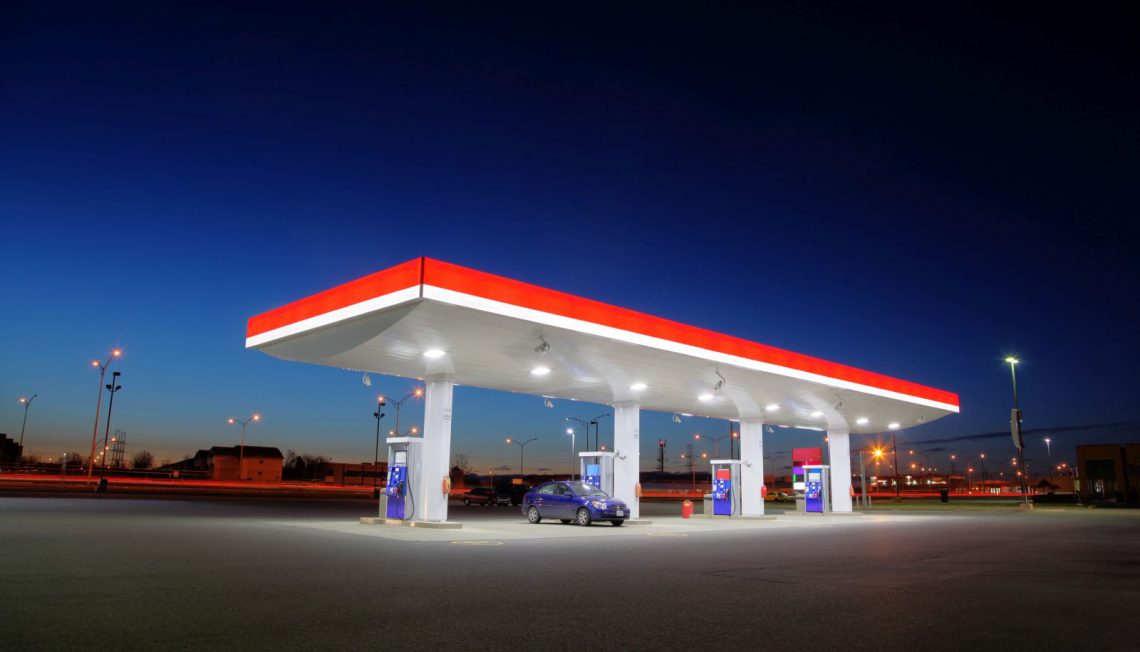Fueled the wrong fuel: what are the consequences?
Not the only
First of all, a little reassurance: you are not the only one filling up with the wrong fuel. In fact, every year the ANWB Wegenwacht receives some 10,000 to 15,000 reports from motorists who have filled up with the wrong fuel.
That misfueling happens most often with diesel cars. In fact, more than 90 percent of the cases involve a diesel car into which gasoline has been filled. Fueling diesel with a gasoline car is, in fact, a lot more difficult. This is because the thicker filler gun of a diesel pump does not fit into the narrower tank opening of a gasoline car. Yet some still manage to do so, as evidenced by the 10 percent share of total reports.
Wrong fuel in a diesel car
The most common category of misfueling, gasoline in a diesel car, is also the most costly. In fact, a diesel engine can suffer considerable damage if gasoline flows through the lines. This is because diesel is thicker than gasoline and has a lubricating function. Gasoline does not have that lubricating effect, causing damage to the fuel system. You notice it soon enough when you do start driving, because after only a few hundred meters the engine will give up.
Therefore, you should definitely not start the engine if you find out that you have filled up with gasoline in a diesel car. Even moving the car for a moment can cause massive damage. Turning on the ignition is also not advisable, as the fuel pump will already start working to build pressure in the injection system. So the gasoline then already flows into the fuel system of the diesel engine.

If the wrong fuel is already in the fuel system, you’re screwed. In this case, not only should the fuel tank be drained, but also the entire fuel system should be drained, rinsed clean and fitted with a new fuel filter. This is a job of a full working day rather than a few hours. If you have not turned the key, then in most cases the car can be safely started again once the tank is drained and there is “clean” diesel in it again.
Diesel in a gasoline car
The consequences of the reverse, fueling diesel in a gasoline car, are a lot less dramatic. Diesel ignites much worse than gasoline and therefore does not work in a gasoline engine with lower ignition temperatures and lower injection pressures. Because the diesel cannot even ignite, the engine will not even start after a lot of prattling.
Unlike a diesel engine, in this case the entire fuel system does not have to be flushed clean. The tank does need to be drained completely and the worst case scenario is that the spark plugs also need to be replaced if they are contaminated with unburned diesel.

If you have filled up with relatively little diesel, then the problem can be solved fairly quickly by adding as much gasoline as possible. The lower the diesel content in the mixture, the better the engine runs and the less the exhaust smokes. After one or two refueling sessions, the engine runs like normal.
Declining trend of misfueling
Fortunately, the number of reports of misfueling is dropping. This is due in part to improved fuel designations at the pump and labels on the inside of the tank lid. The increasing number of electric cars in the Dutch fleet is also contributing to the decline in reports. After all, it is impossible to misfuel your electricity….

